In light of recent events, I am republishing.]
By Catherine Austin Fitts
In the fall of 2001 I attended a private investment conference in London to give a paper, The Myth of the Rule of Law or How the Money Works: The Destruction of Hamilton Securities Group.
The presentation documented my experience with a Washington-Wall Street partnership that had:
- Engineered a fraudulent housing and debt bubble;
- Illegally shifted vast amounts of capital out of the U.S.;
- Used “privitization” as a form of piracy – a pretext to move government assets to private investors at below-market prices and then shift private liabilities back to government at no cost to the private liability holder.
Other presenters at the conference included distinguished reporters covering privatization in Eastern Europe and Russia. As the portraits of British ancestors stared down upon us, we listened to story after story of global privatization throughout the 1990s in the Americas, Europe, and Asia.
Slowly, as the pieces fit together, we shared a horrifying epiphany: the banks, corporations and investors acting in each global region were the exact same players. They were a relatively small group that reappeared again and again in Russia, Eastern Europe, and Asia accompanied by the same well-known accounting firms and law firms.
Clearly, there was a global financial coup d’etat underway.
The magnitude of what was happening was overwhelming. In the 1990’s, millions of people in Russia had woken up to find their bank accounts and pension funds simply gone – eradicated by a falling currency or stolen by mobsters who laundered money back into big New York Fed member banks for reinvestment to fuel the debt bubble.
Reports of politicians, government officials, academics, and intelligence agencies facilitating the racketeering and theft were compelling. One lawyer in Russia, living without electricity and growing food to prevent starvation, was quoted as saying, “We are being de-modernized.”
Several years earlier, I listened to three peasant women describe the War on Drugs in their respective countries: Colombia, Peru, and Bolivia. I asked them, “After they sweep you into camps, who gets your land and at what price?” My question opened a magic door. They poured out how the real economics worked on the War on Drugs, including the stealing of land and government contracts to build housing for the people who are displaced.
At one point, suspicious of my understanding of how this game worked, one of the women said, “You say you have never been to our countries, yet you understand exactly how the money works. How is this so?” I replied that I had served as Assistant Secretary of Housing at the US Department of Housing and Urban Development (HUD) in the United States where I oversaw billions of government investment in US communities. Apparently, it worked the same way in their countries as it worked in mine.
I later found out that the government contractor leading the War on Drugs strategy for U.S. aid to Peru, Colombia and Bolivia was the same contractor in charge of knowledge management for HUD enforcement. This Washington-Wall Street game was a global game. The peasant women of Latin America were up against the same financial pirates and business model as the people in South Central Los Angeles, West Philadelphia, Baltimore and the South Bronx.
Later, courageous reporting by several independent investigative reporters confirmed in detail that the privatization and economic warfare model I discussed in London had deep roots in Latin America.
We were experiencing a global “heist”: capital was being sucked out of country after country. The presentation I gave in London revealed a piece of the puzzle that was difficult for the audience to fathom. This was not simply happening in the emerging markets. It was happening in America, too.
I described a meeting that had occurred in April 1997, more than four years before that day in London. I had given a presentation to a distinguished group of U.S. pension fund leaders on the extraordinary opportunity to re-engineer the U.S. federal budget. I presented our estimate that the prior year’s federal investment in the Philadelphia, Pennsylvania area had a negative return on investment.
We presented that it was possible to finance places with private equity and re-engineer the government investment to a positive return and, as a result, generate significant capital gains. Hence, it was possible to use U.S. pension funds to significantly increase retirees’ retirement security by successfully investing in American communities, small business and farms — all in a manner that would reduce debt, improve skills, and create jobs.
The response from the pension fund investors to this analysis was quite positive until the President of the CalPERS pension fund — the largest in the country — said, “You don’t understand. It’s too late. They have given up on the country. They are moving all the money out in the fall [of 1997]. They are moving it to Asia.”
Sure enough, that fall, significant amounts of moneys started leaving the US, including illegally. Over $4 trillion went missing from the US government. No one seemed to notice. Misled into thinking we were in a boom economy by a fraudulent debt bubble engineered with force and intention from the highest levels of the financial system, Americans were engaging in an orgy of consumption that was liquidating the real financial equity we needed urgently to reposition ourselves for the times ahead.
The mood that afternoon in London was quite sober. The question hung in the air, unspoken: once the bubble was over, was the time coming when we, too, would be “de-modernized?”
In 2009 — more than seven years later — this is a question that many of us are asking ourselves.
Part II: Rethinking Diversification
Related Reading:
Dillon, Read & Co. Inc. and the Aristocracy of Stock Profits

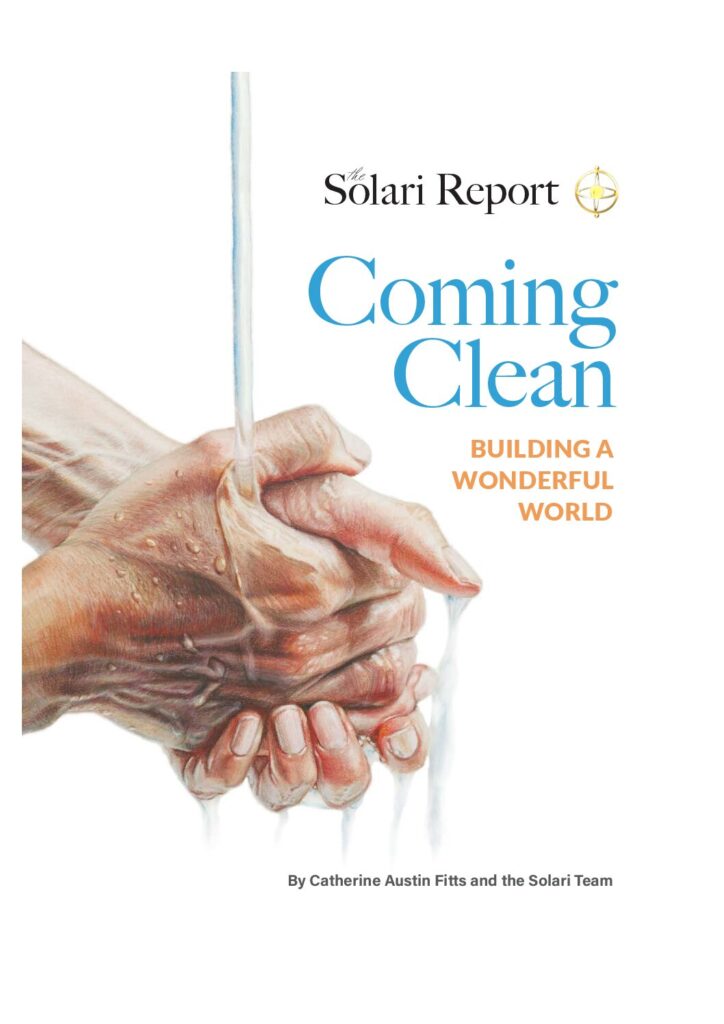

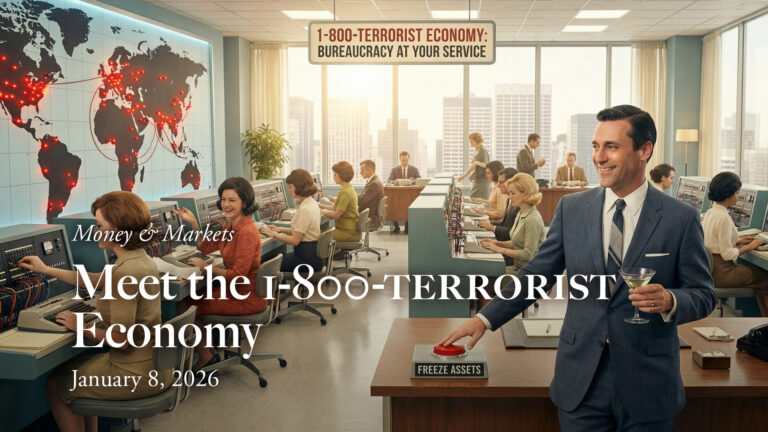
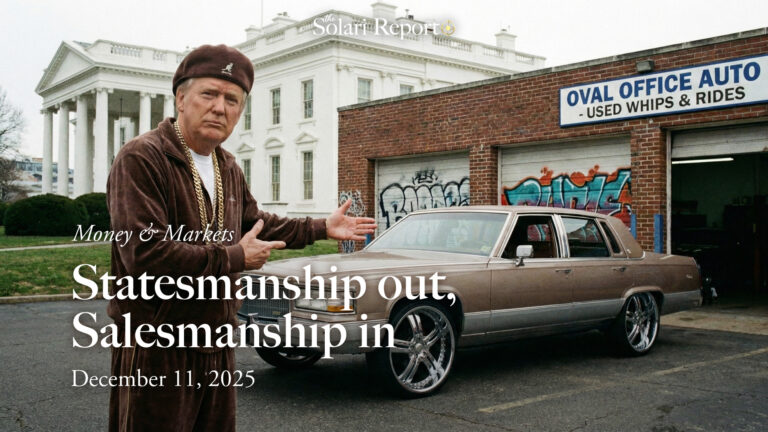

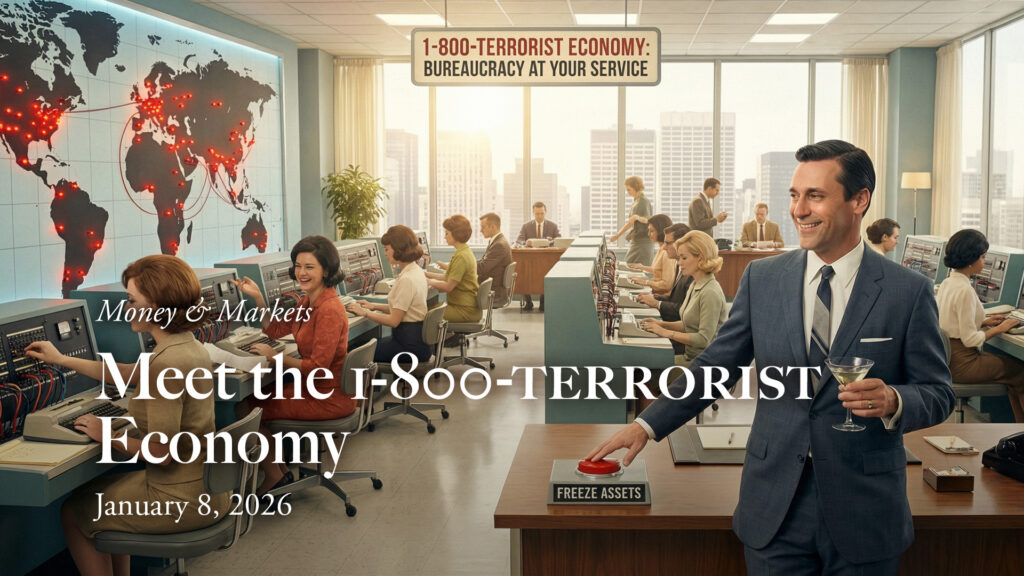
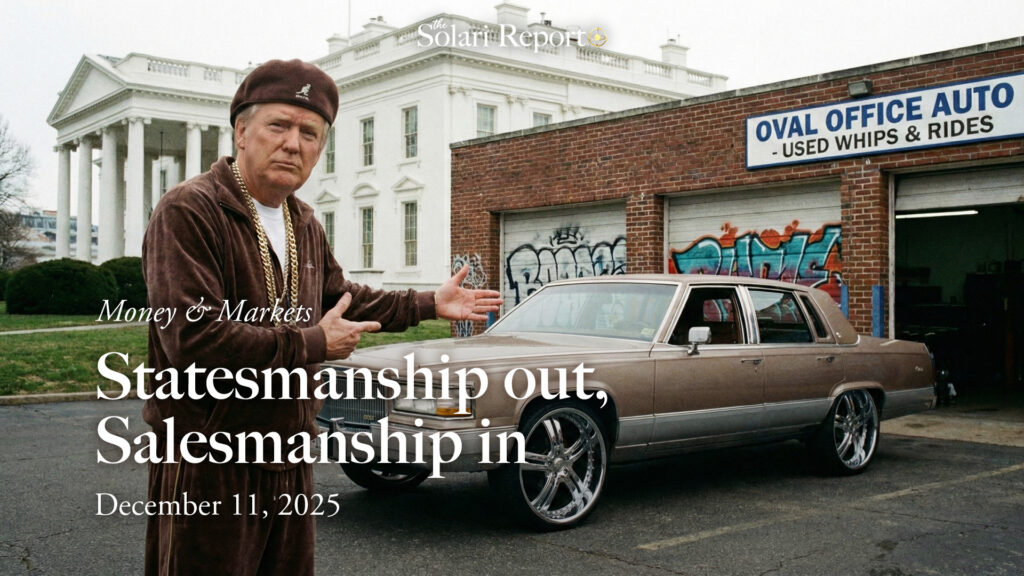
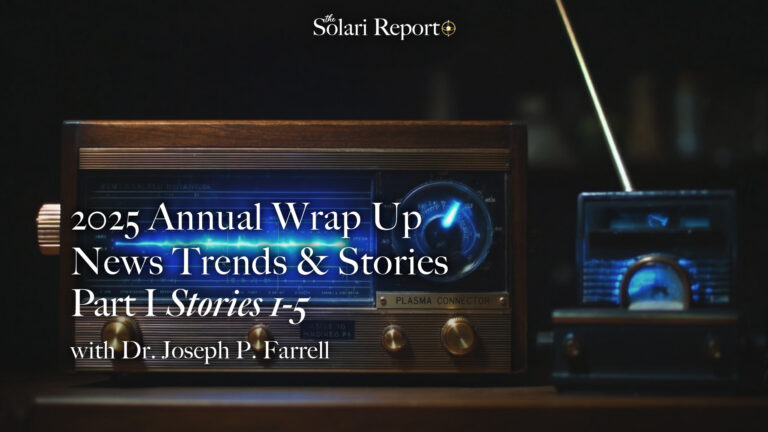
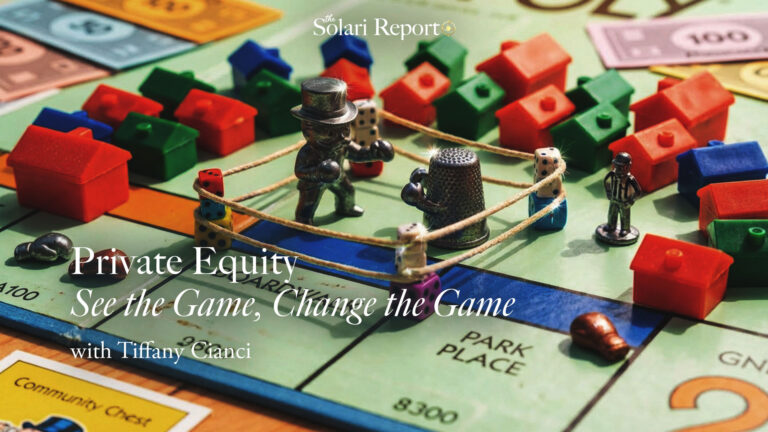

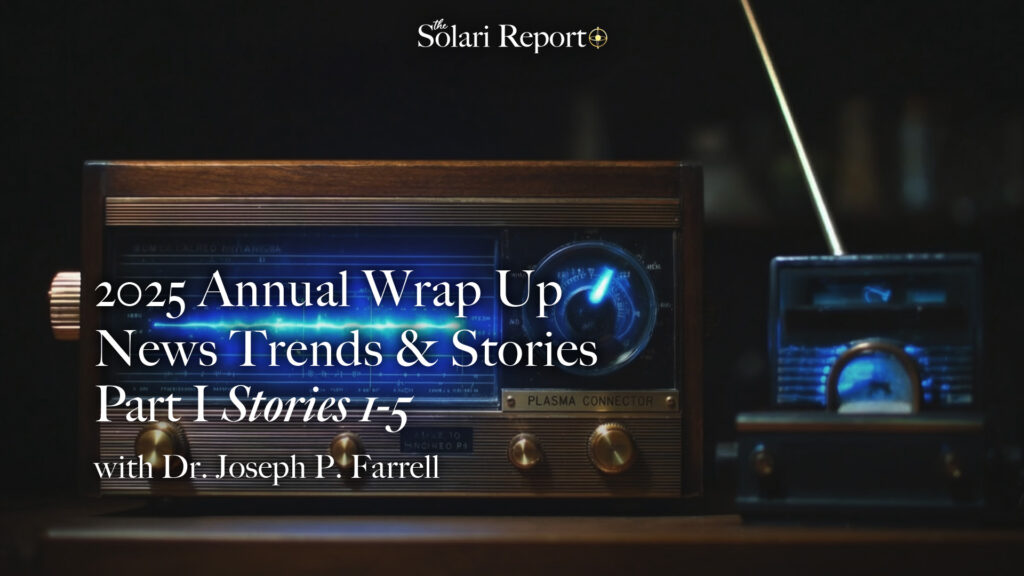
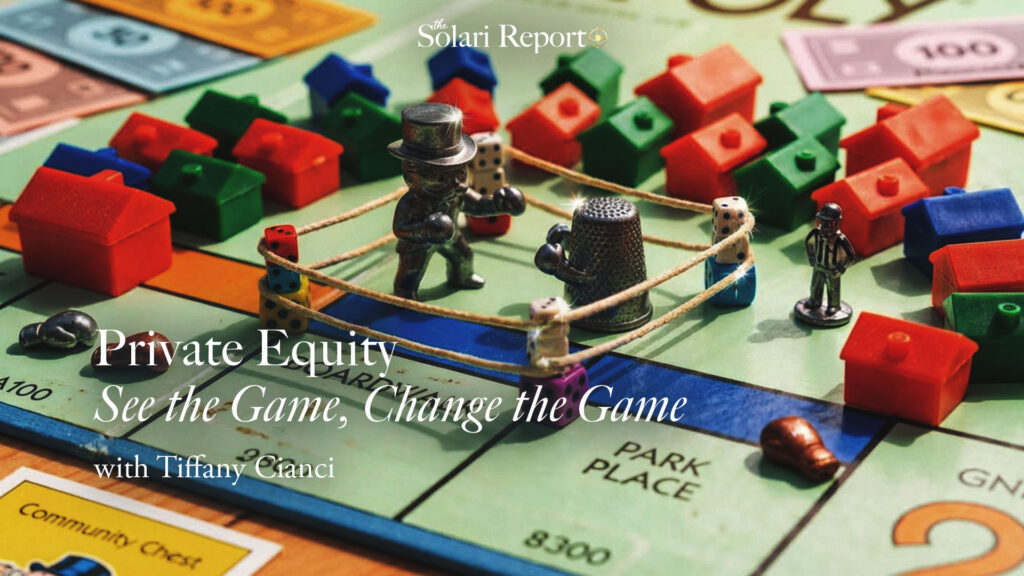


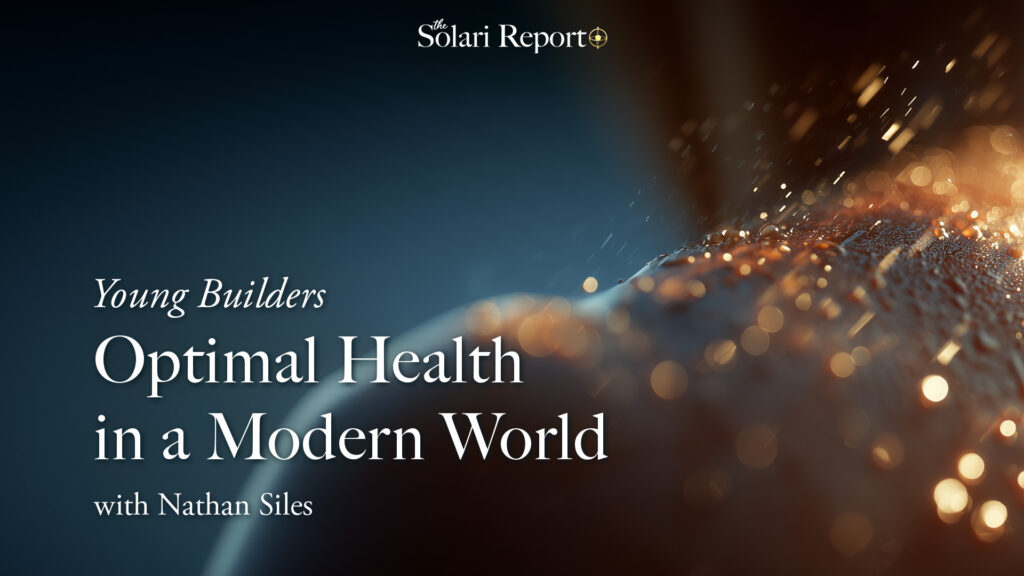
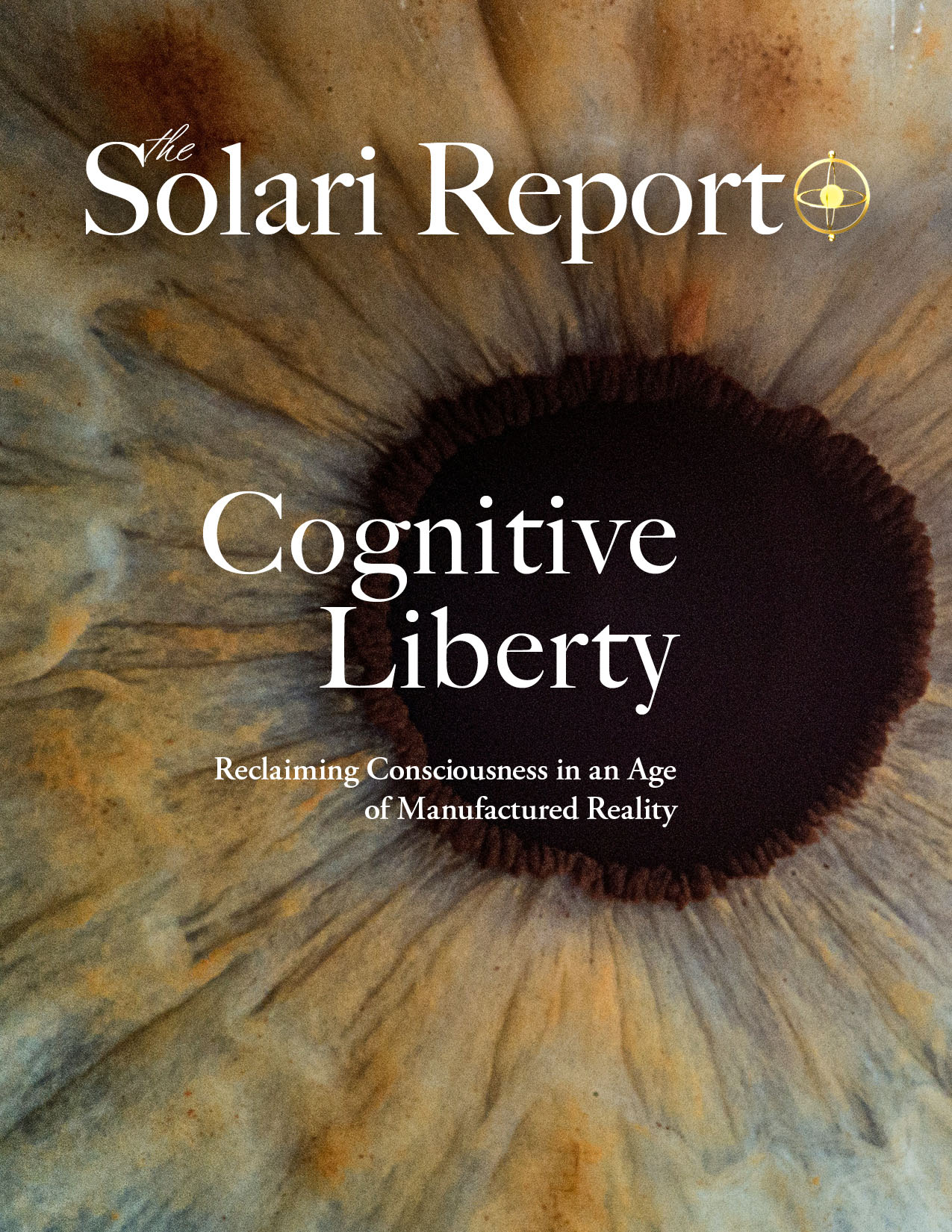
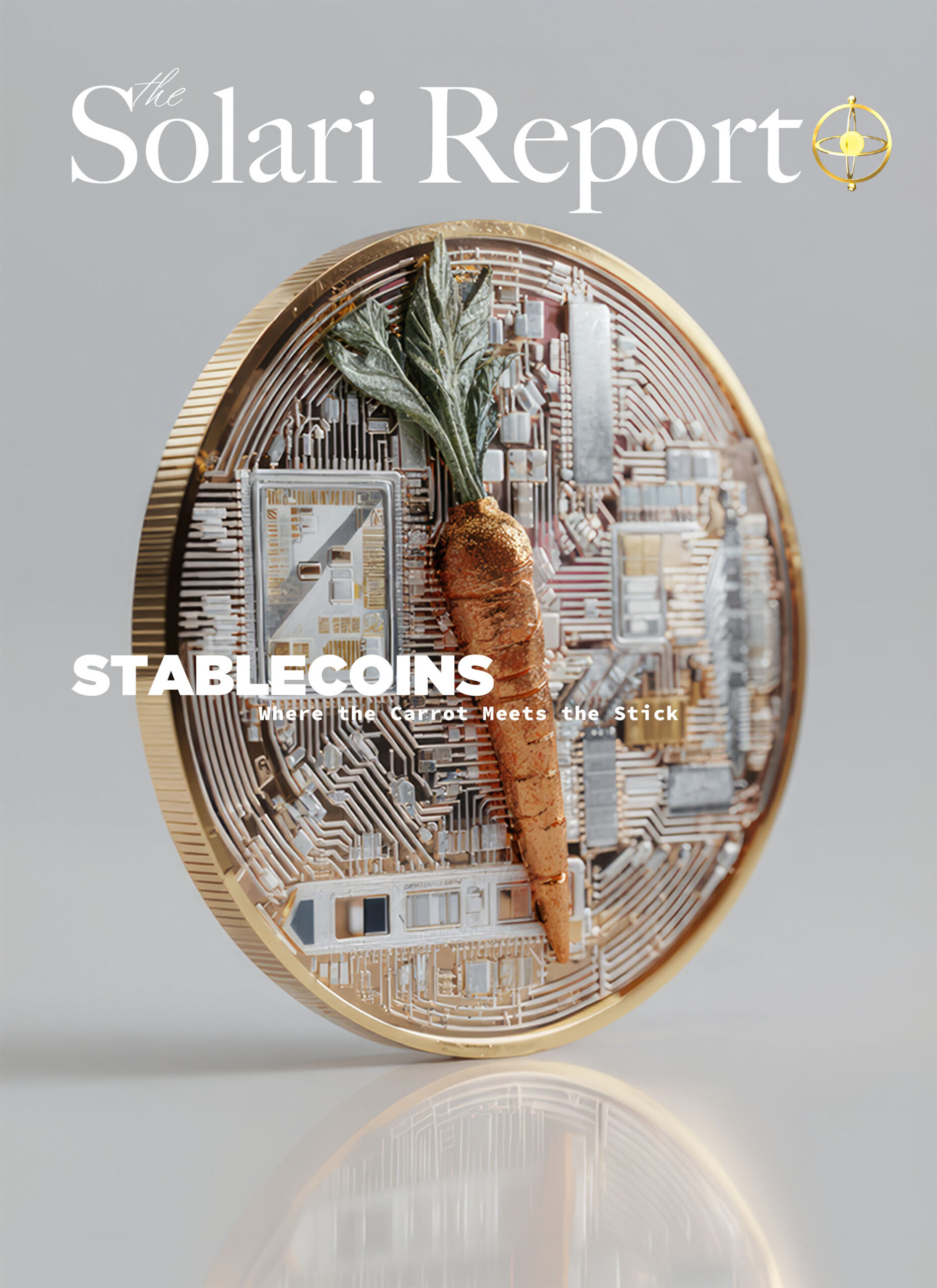




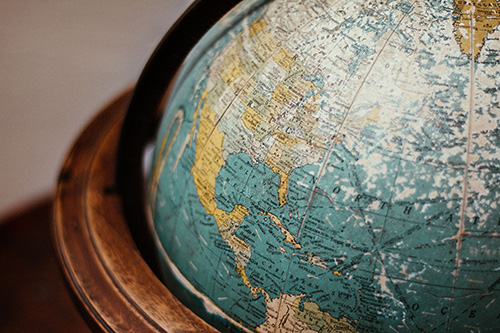










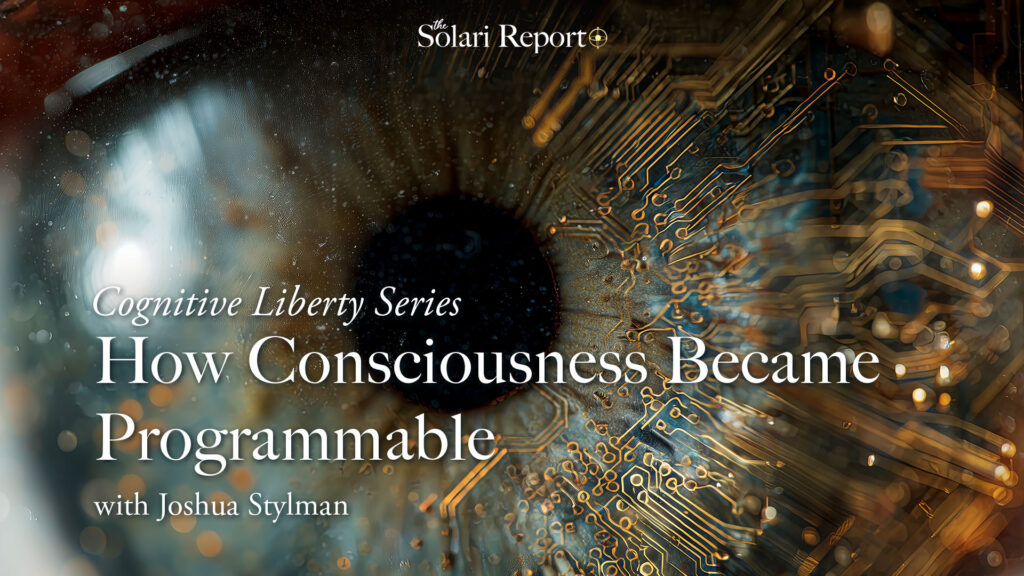
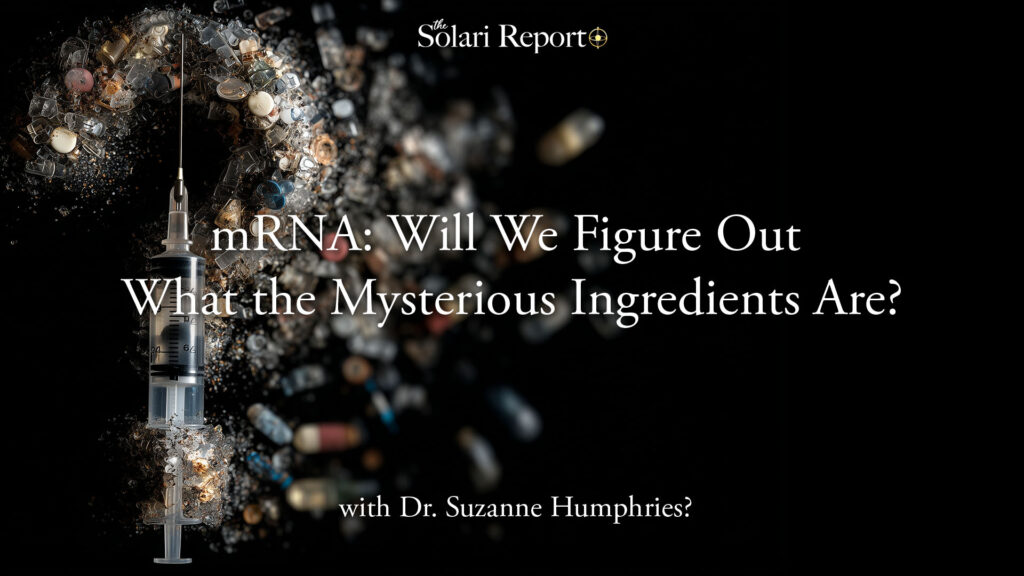


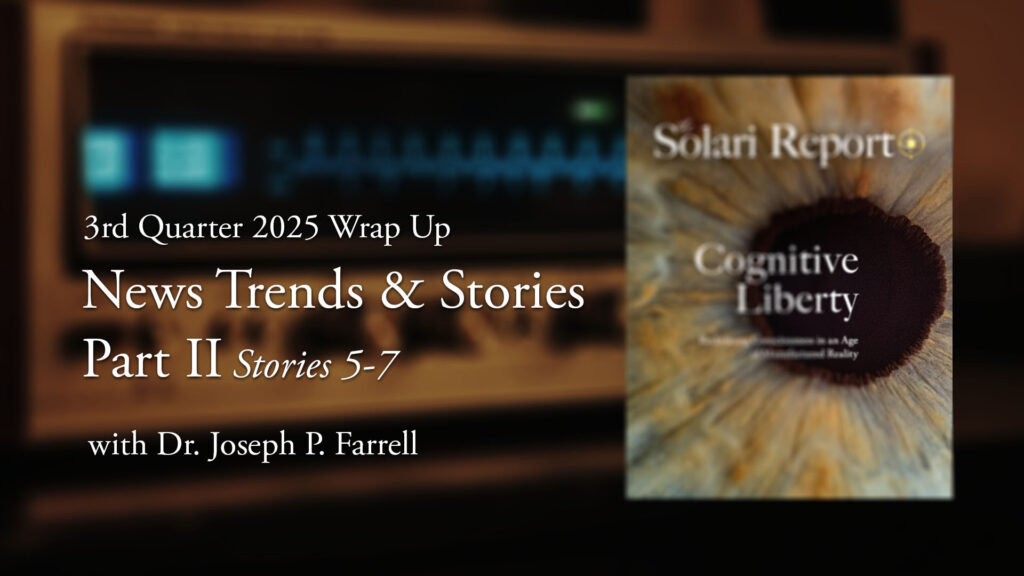
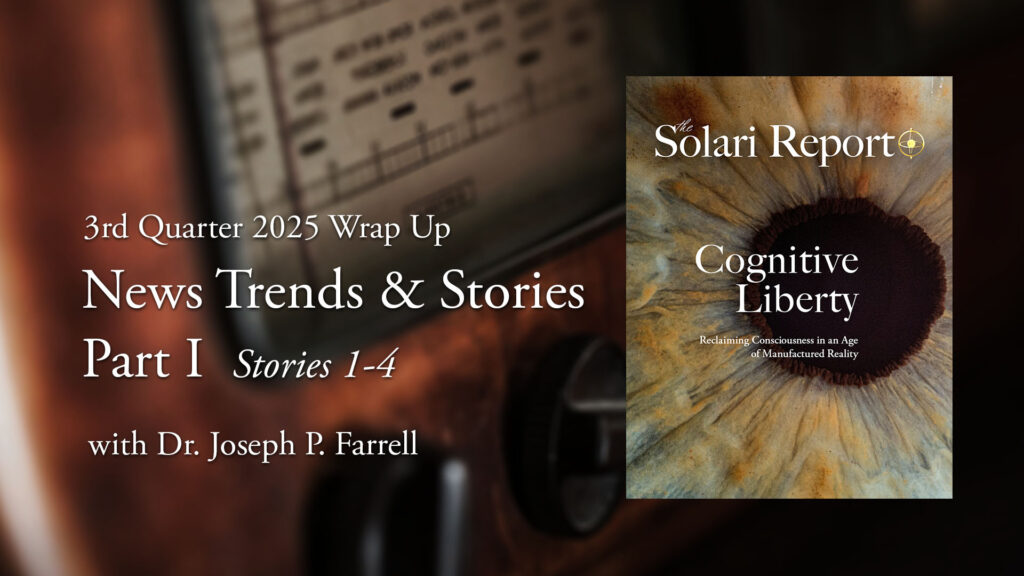
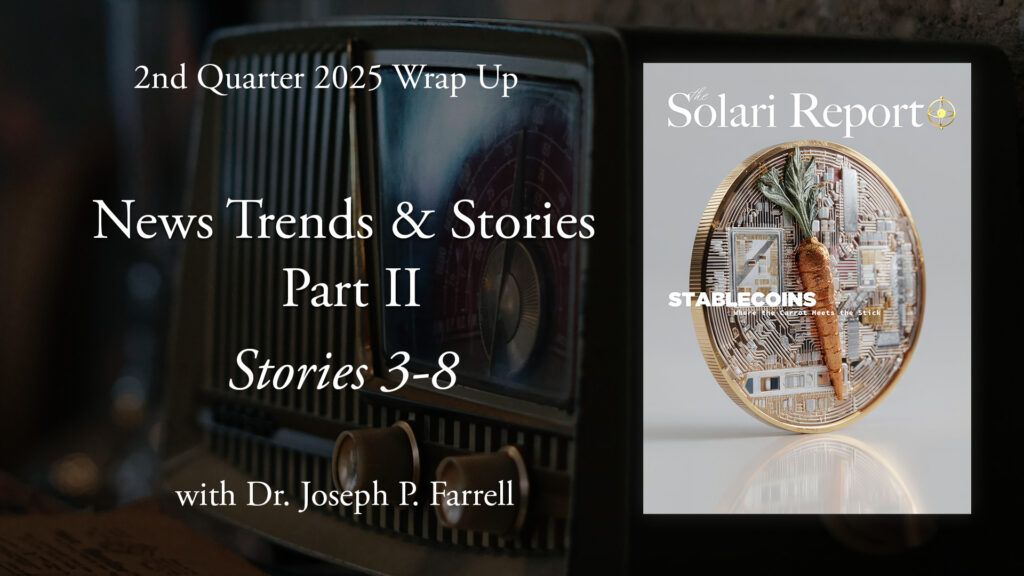
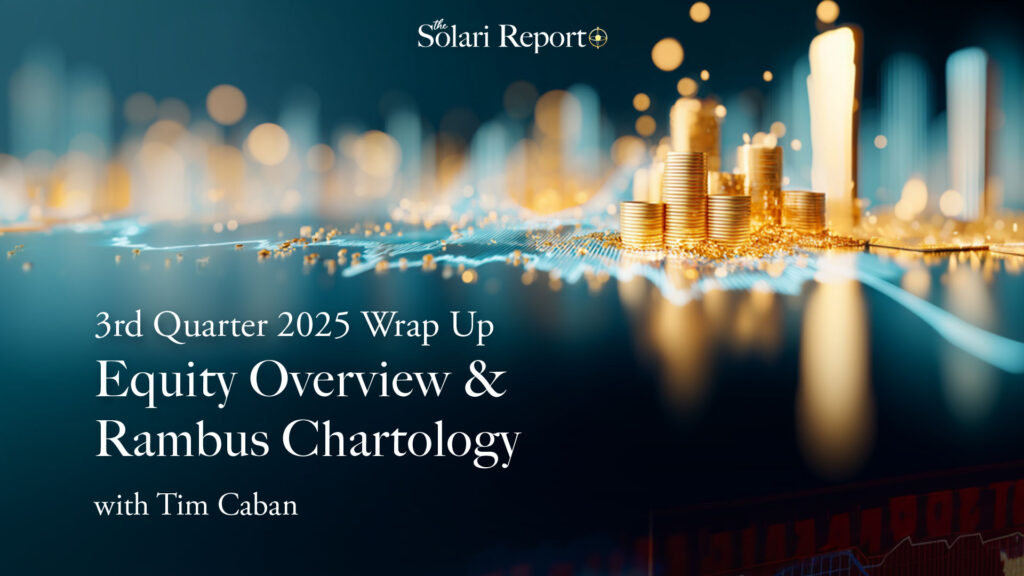
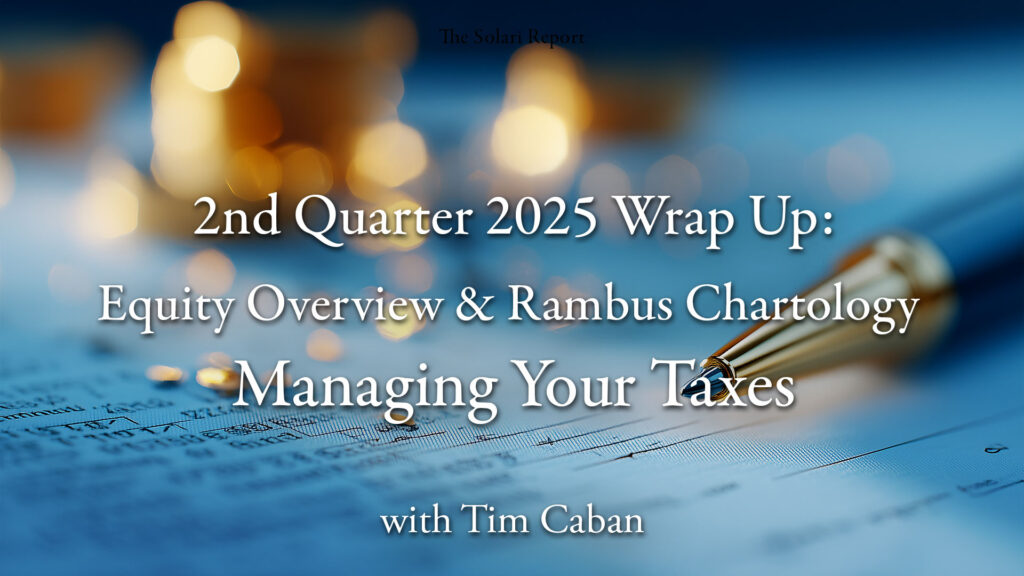
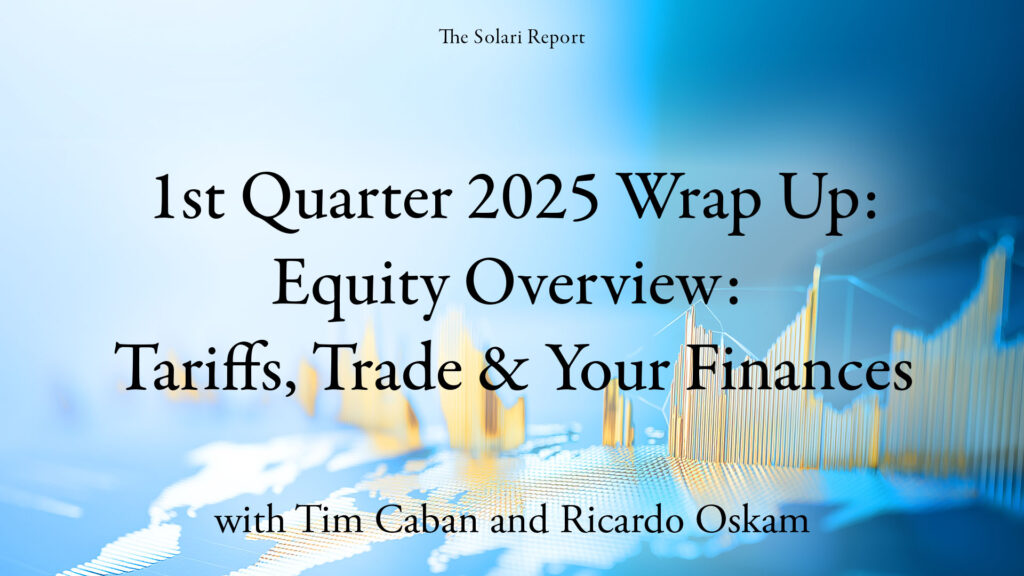
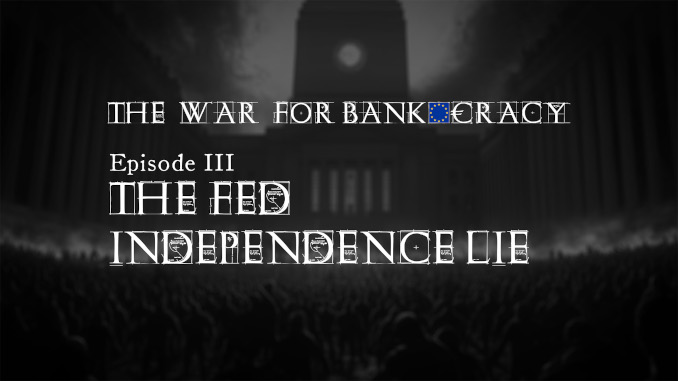
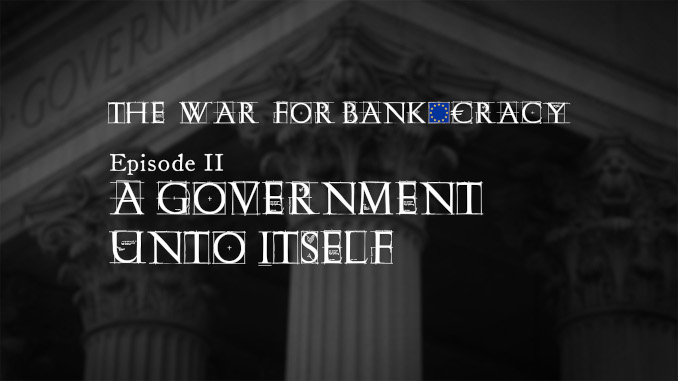
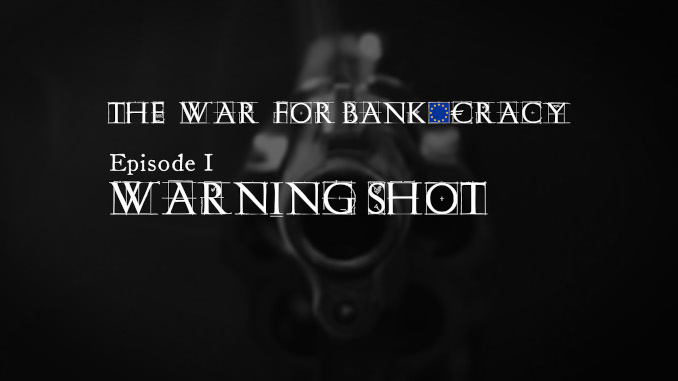
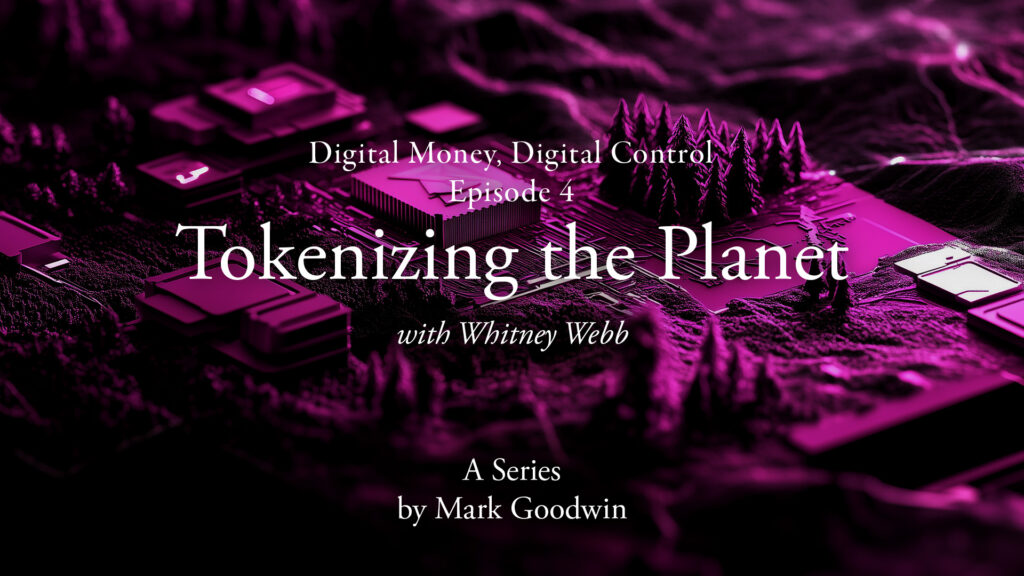
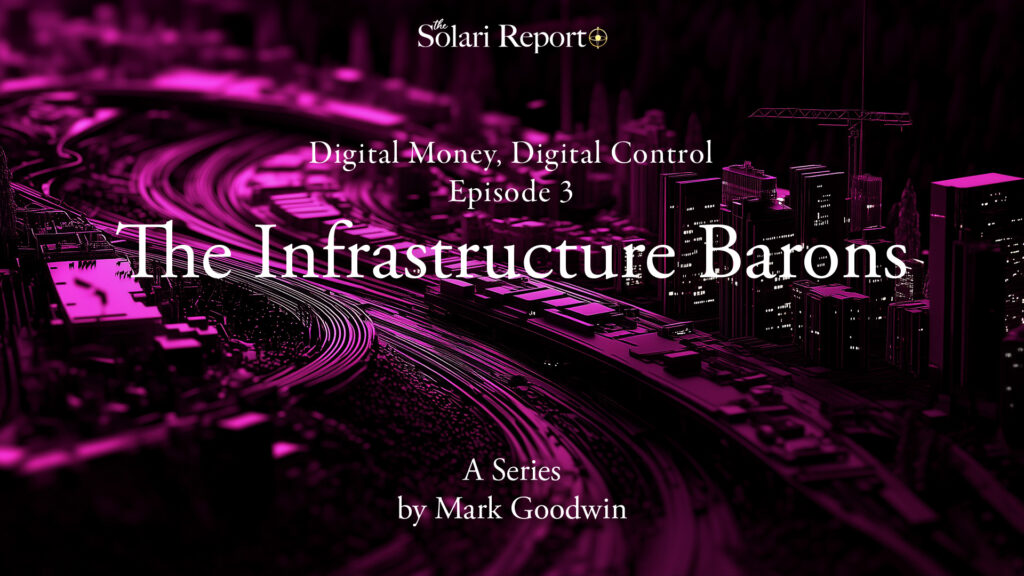
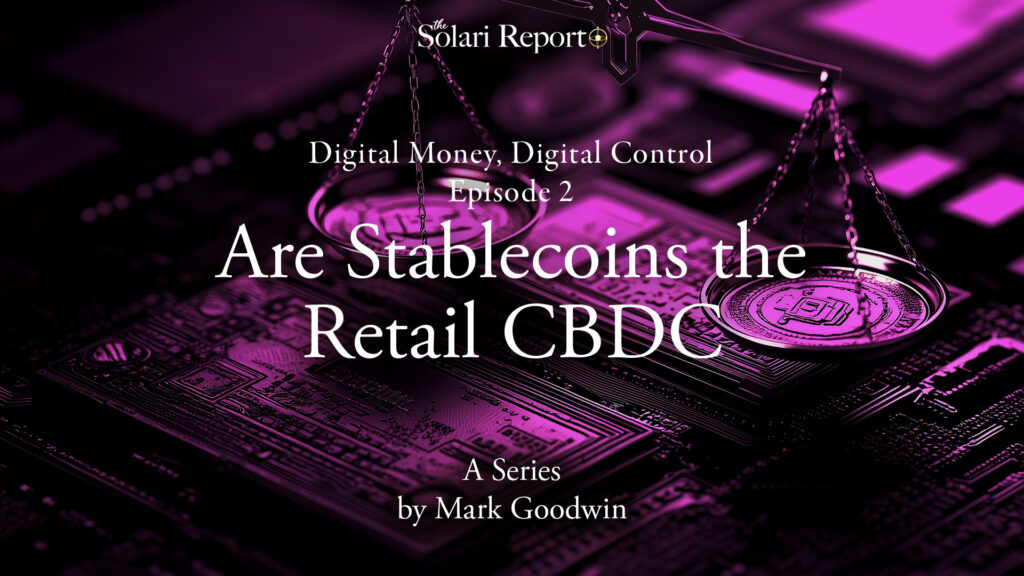
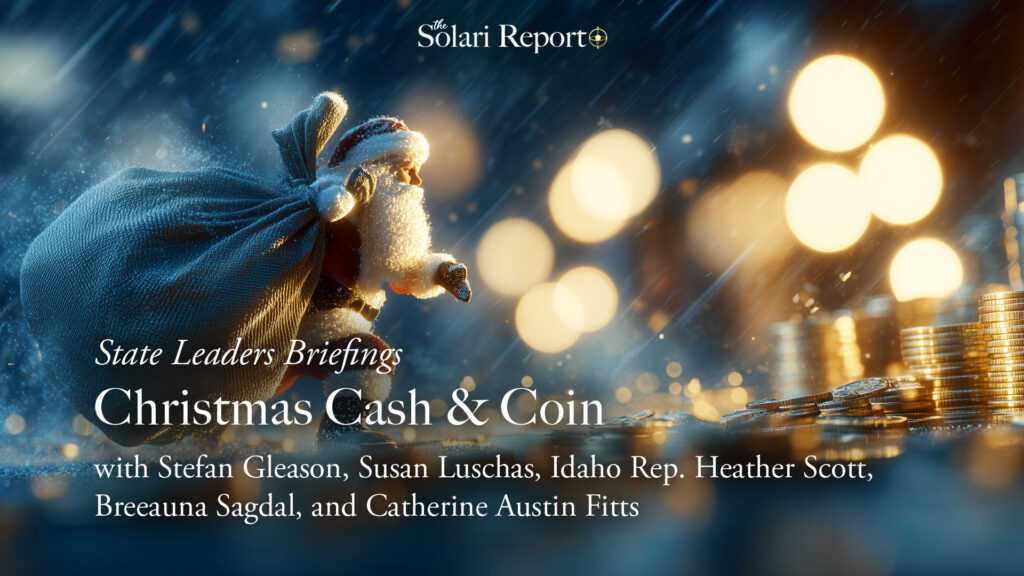
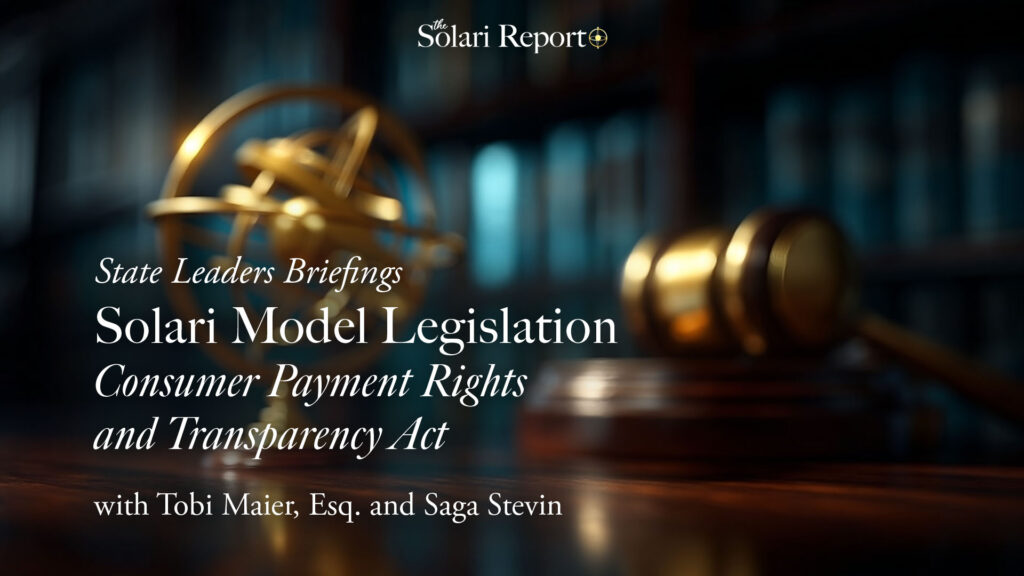
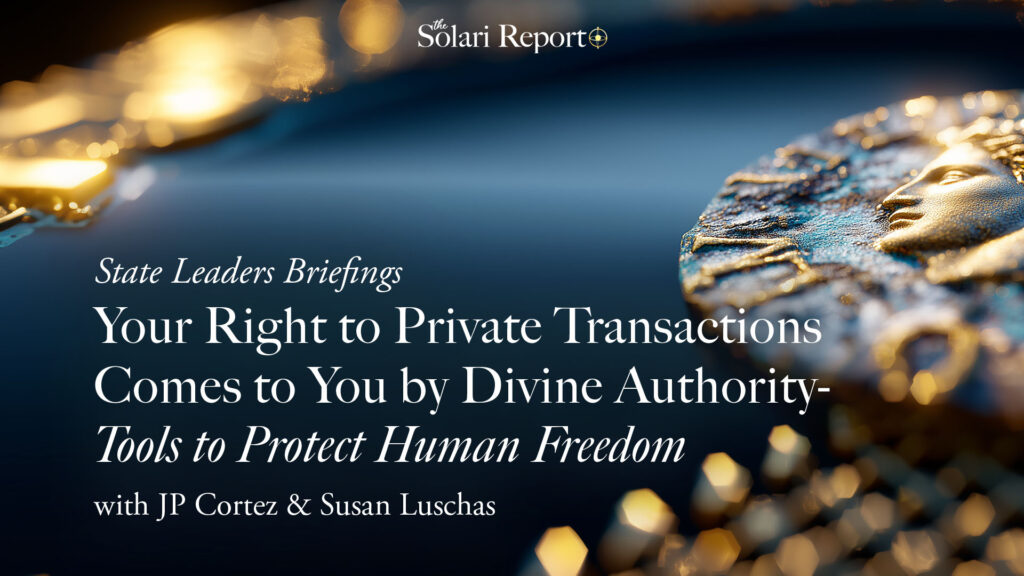
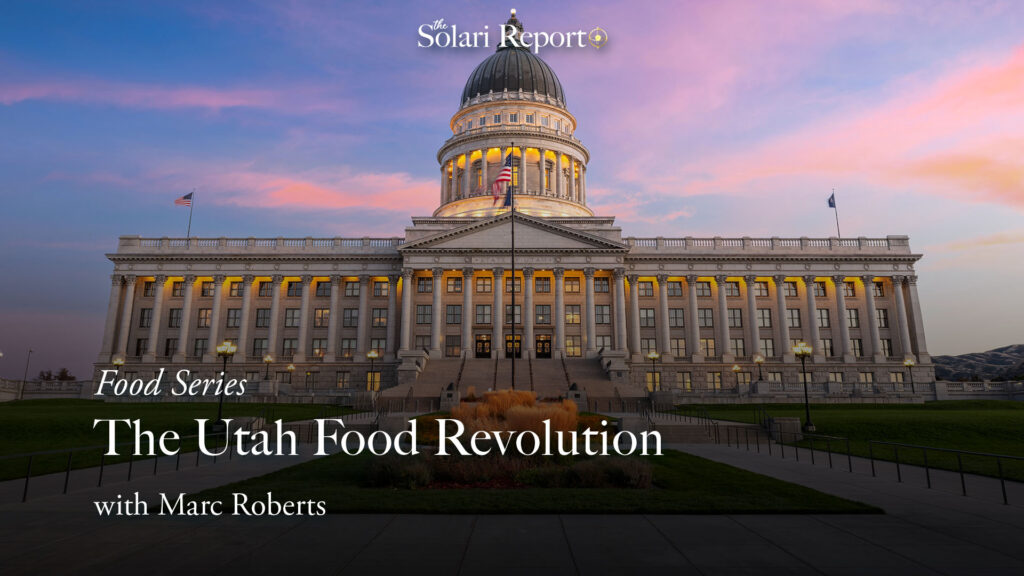





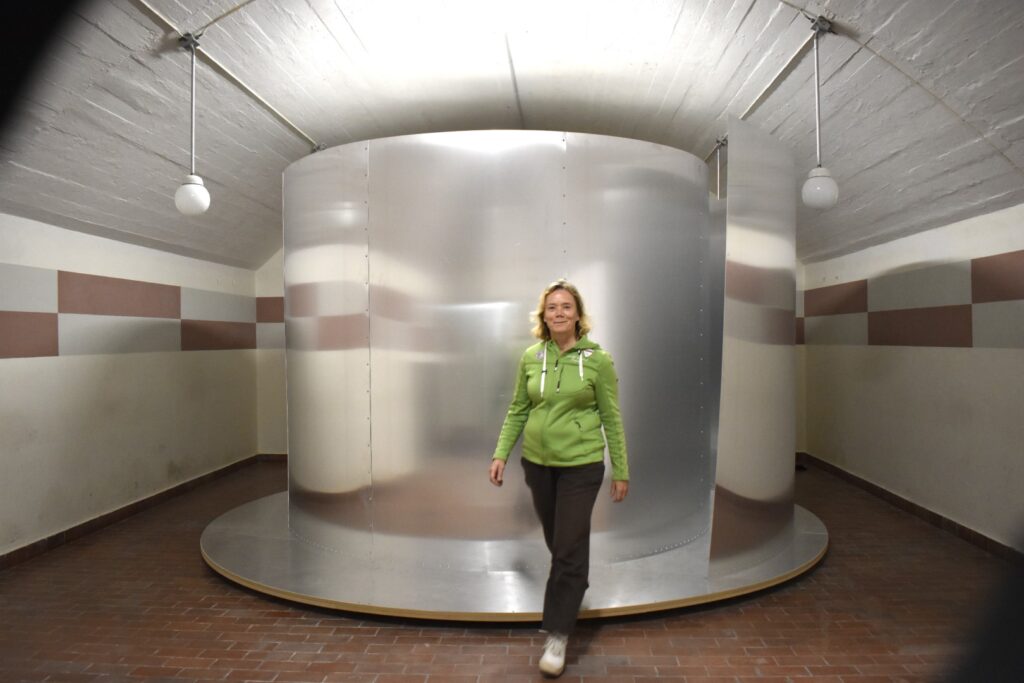






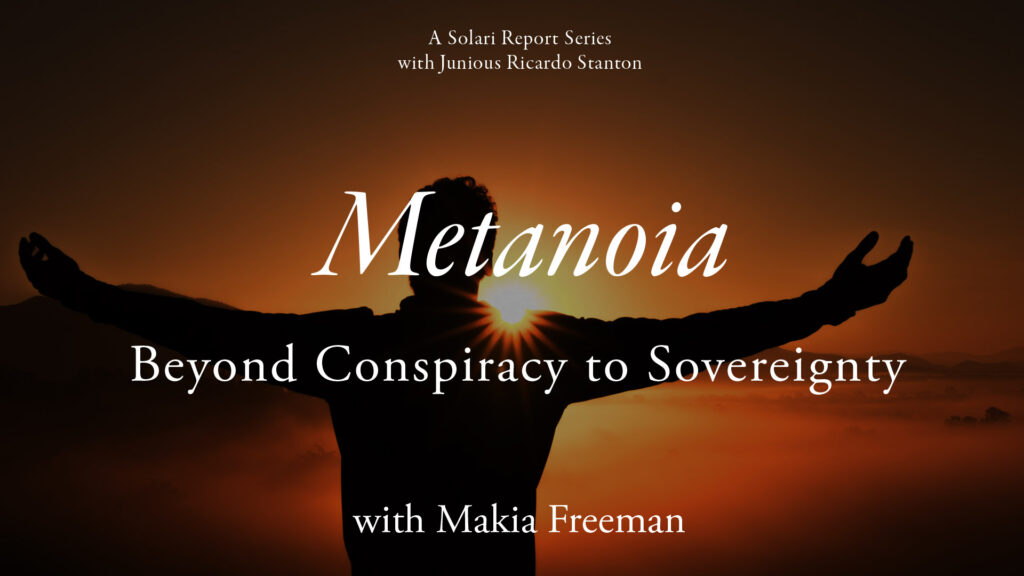





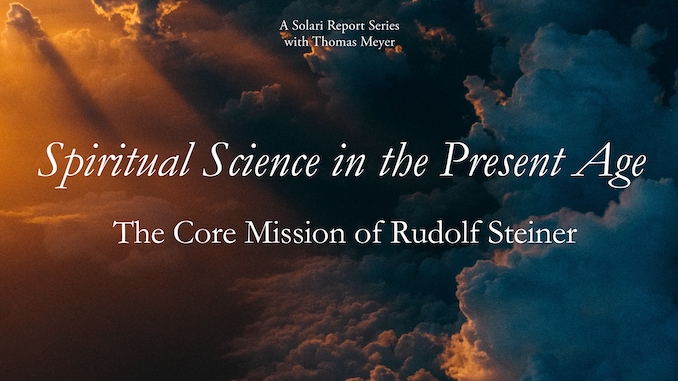










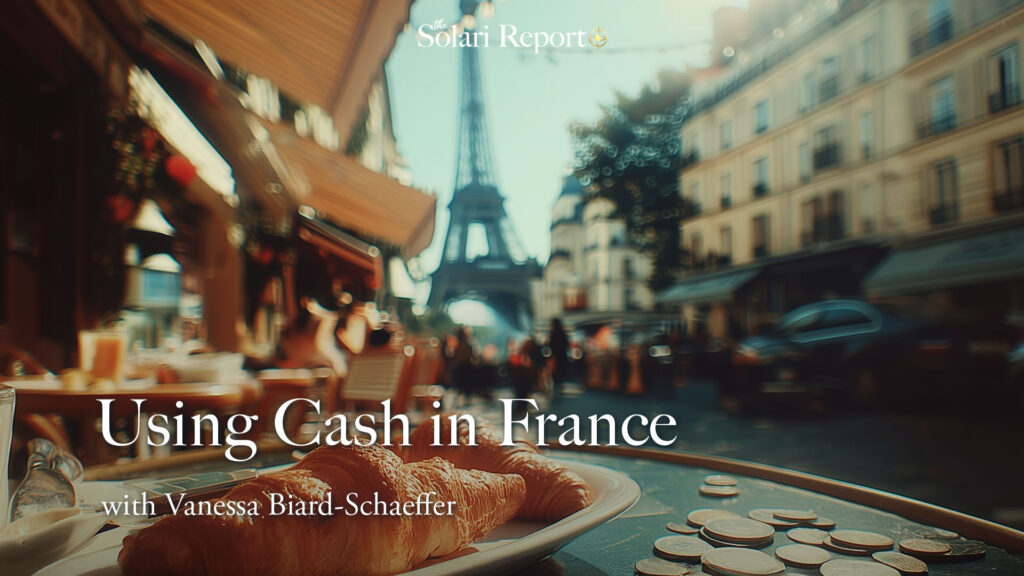
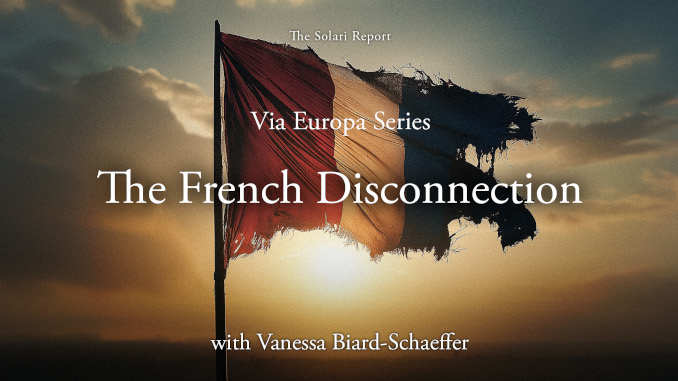
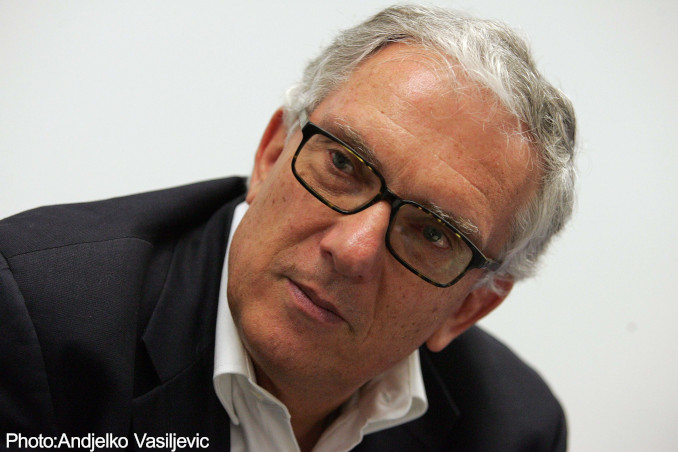






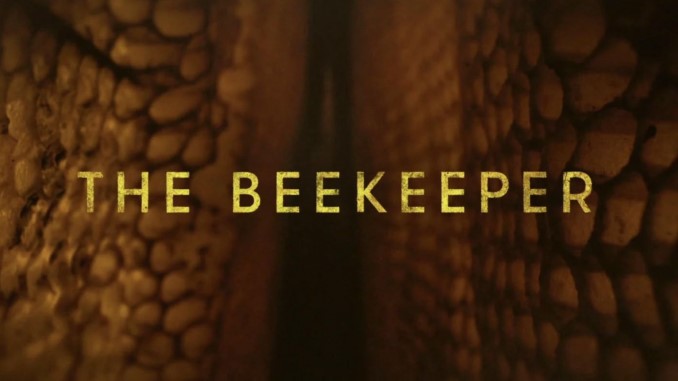

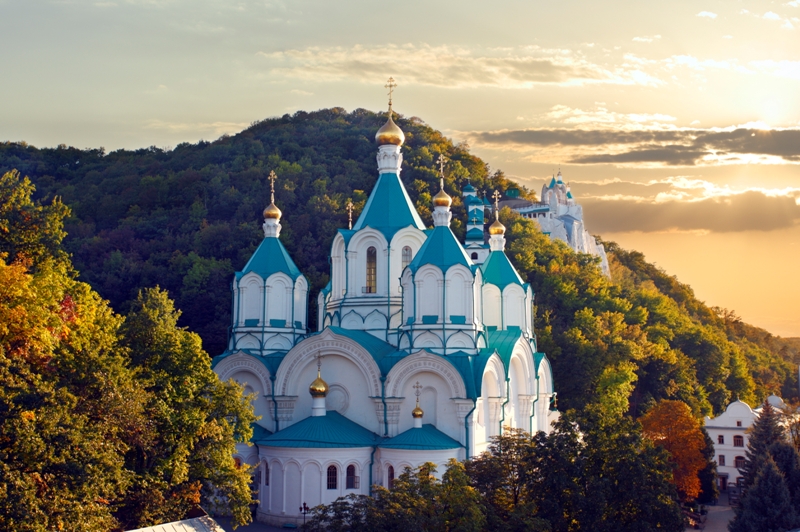


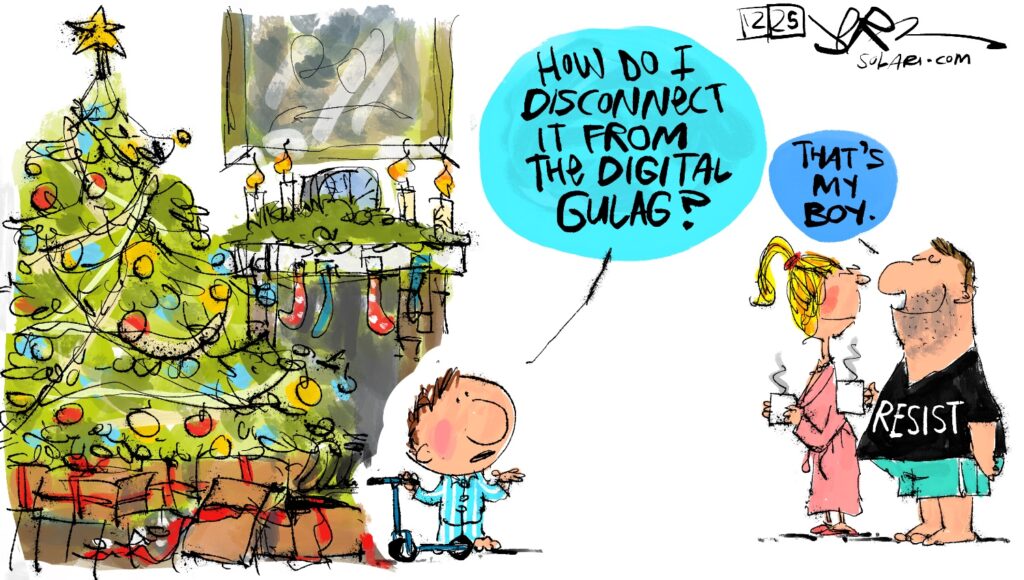
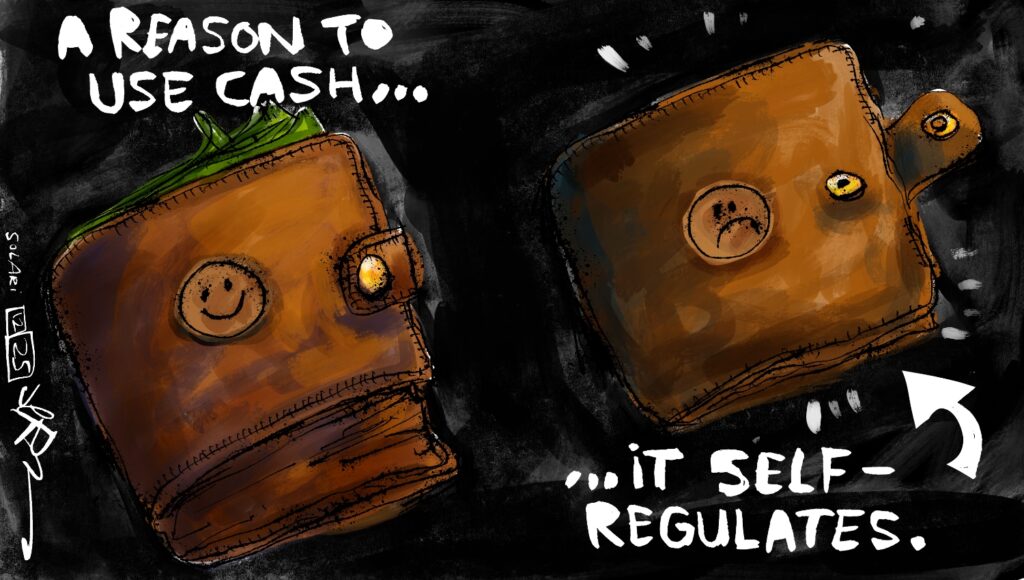
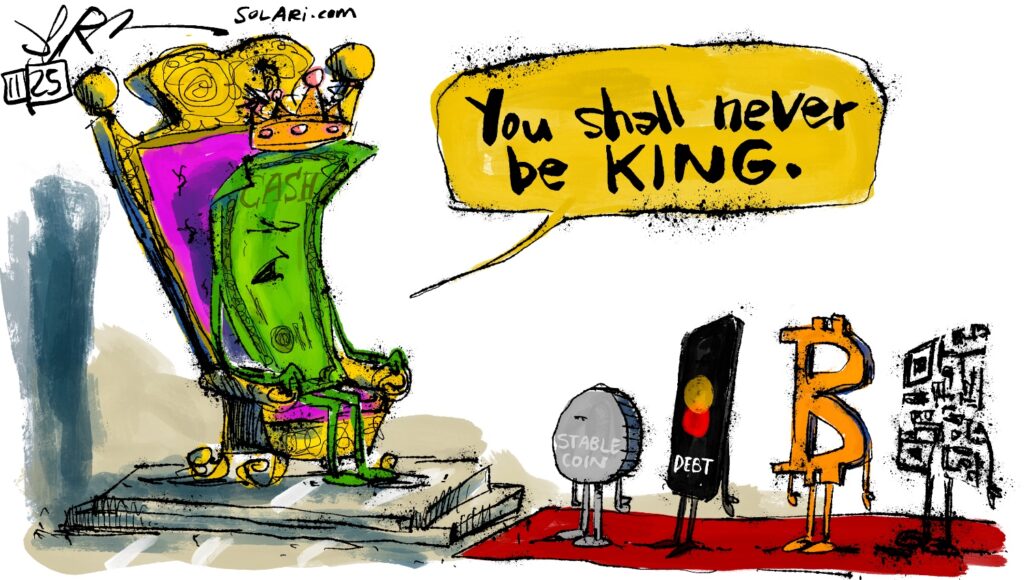
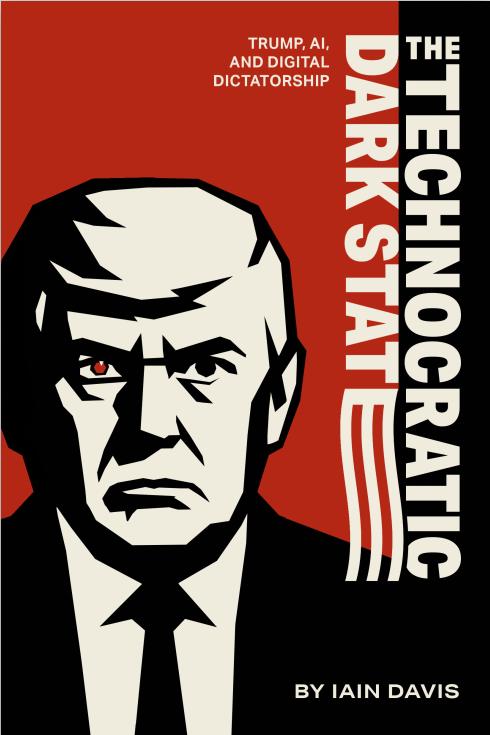
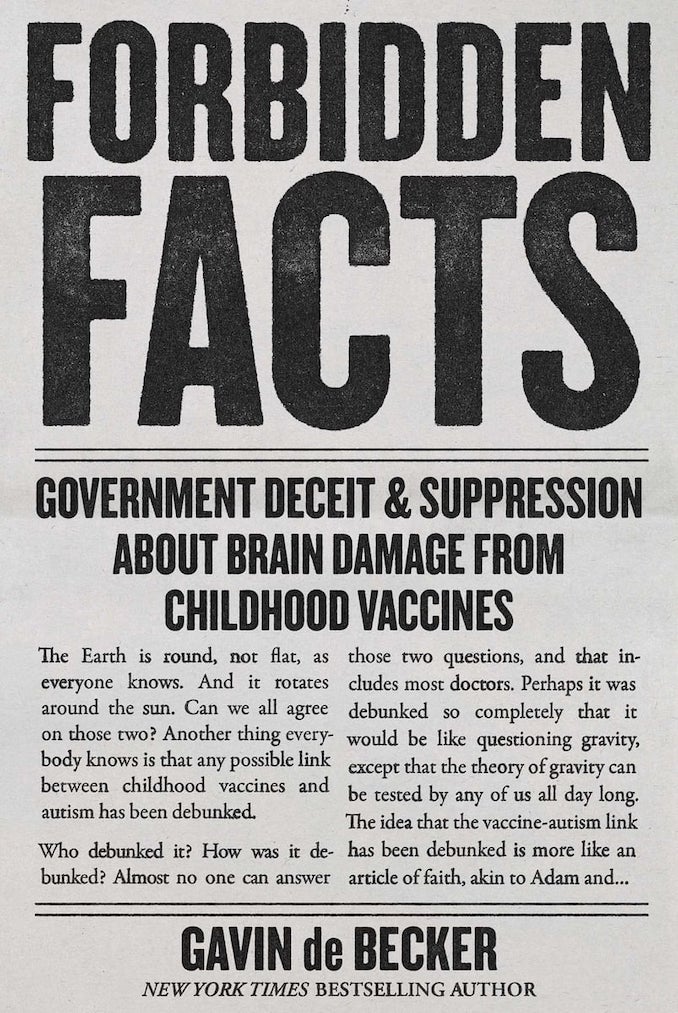

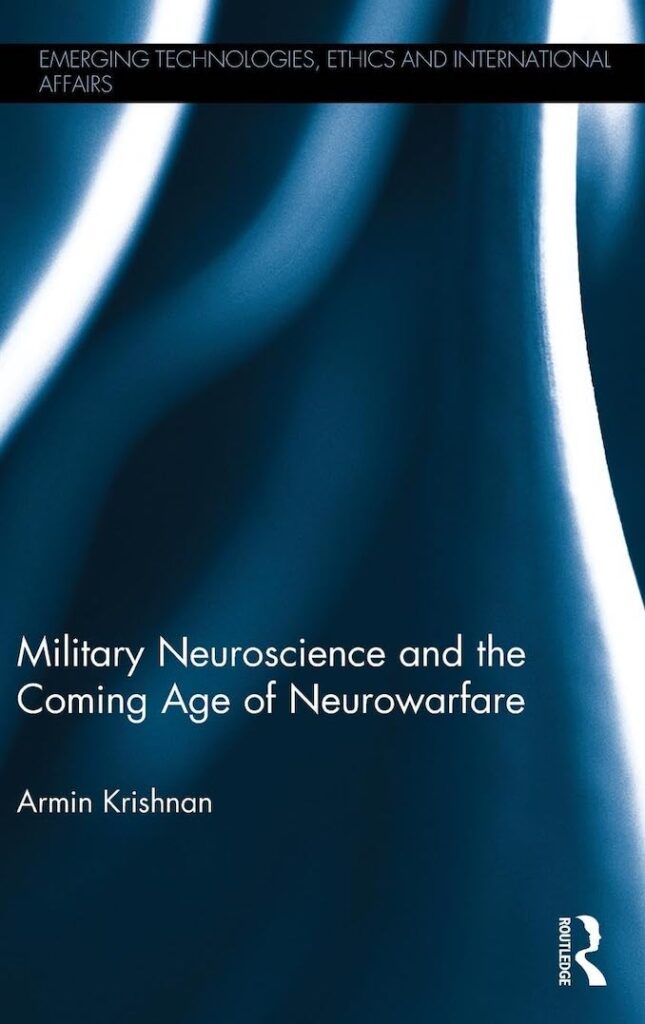
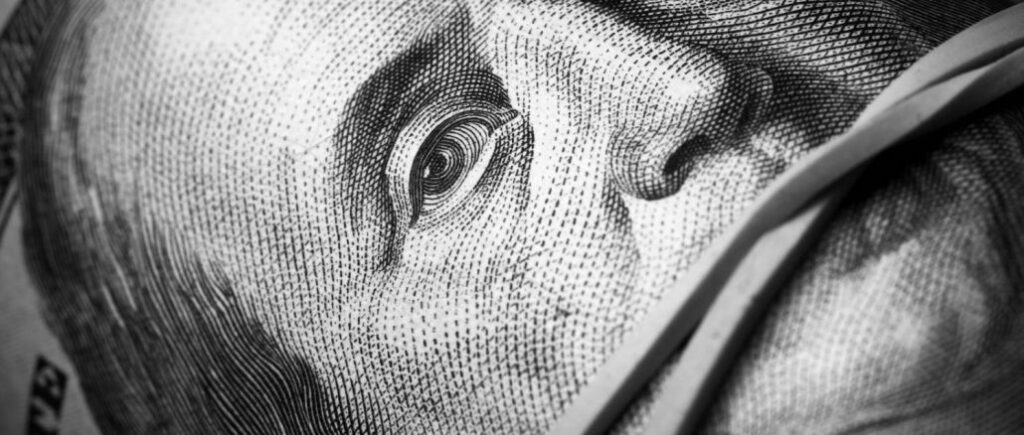





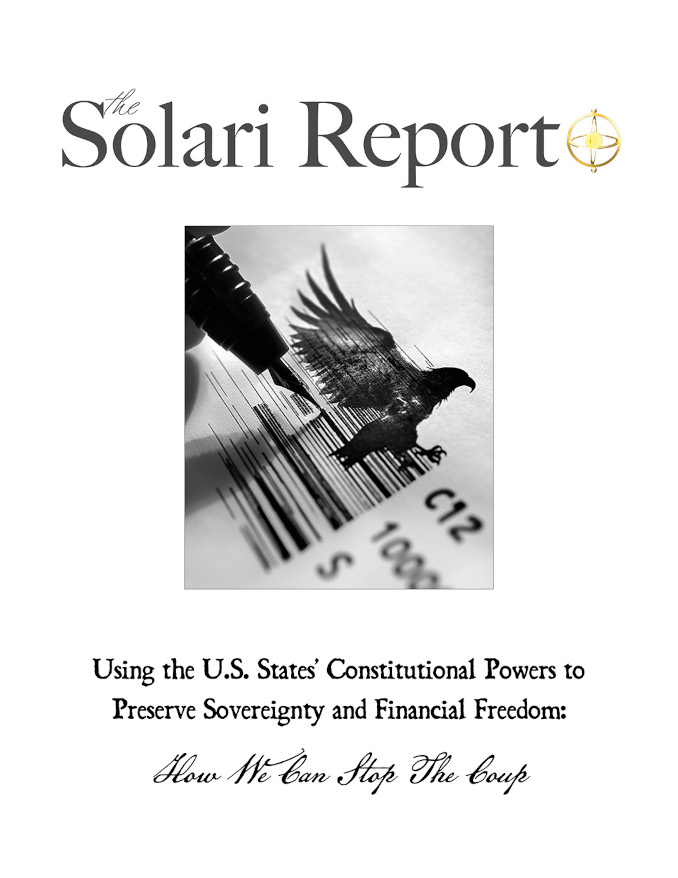




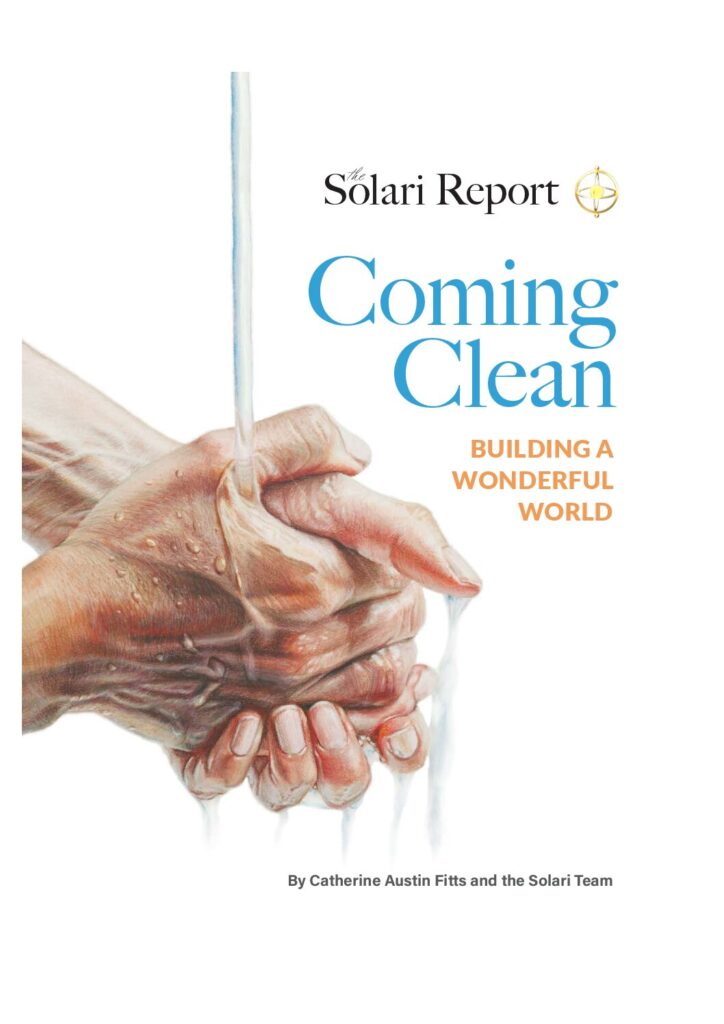

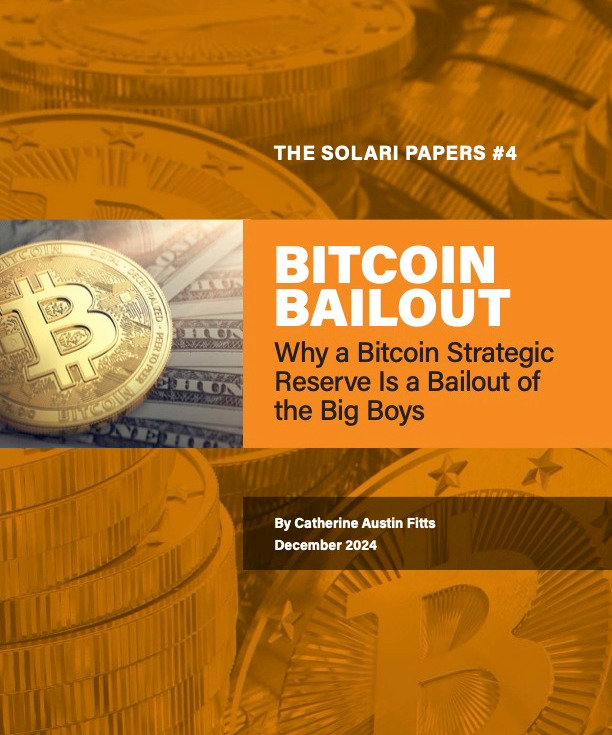
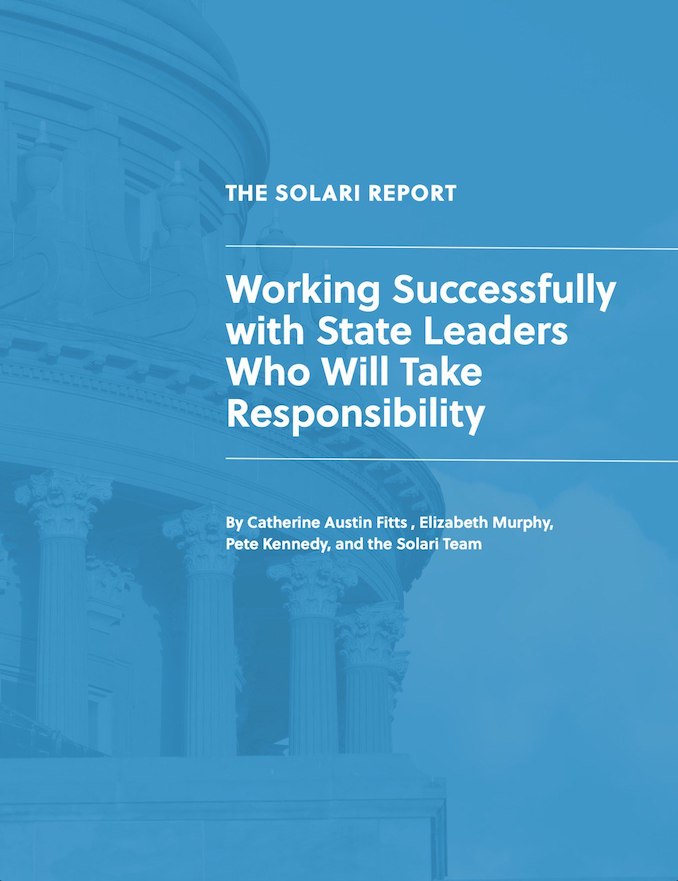
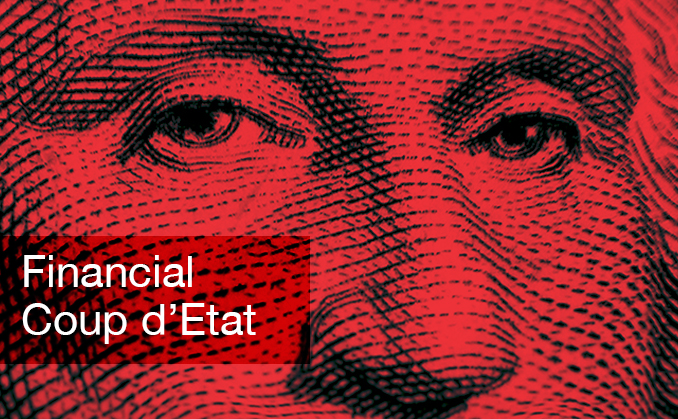

I missed iting the author in the above piece. 19 Nov 2008 Alan Kohler, A tsunami of hope or terror?
Folks. They have the reigns. It will be a bumpy ride. Follow the money. Right before your eyes. Does it get any more cliche. They count on you continuing your incurious way.
Is there really a conspiracy? As Catherine says, I couldn’t prove or disprove it, either. This is a big subject – we all know how it is the favorite tactic of those who don’t like us to label us “conspiracy theory wackos”. It’s an easy and effective tactic against us and I have a solution to it. It’s effective because there are some simple minded wackos who are into conspiracy theories and it’s the easiest way to discredit someone. Example: I myself was at the home of an old, fat, emotional, unintelligent person on her last leg when the news flashed across the TV screen of an earthquake in California. She points to the TV and says “Boy, there isn’t any doubt about it, you know that Al Queda is behind that.” “Huh, you mean you think they caused the earthquake?” I replied incredulously. “Well of course!”, she replied emotionally, her voice rising. “Can’t you see where it is? Right in the MIDDLE of the the state! You think that’s just a COINCIDENCE?!!” I smiled, rolled my eyes to myself and soon left. “Conspiracy Wacko” is such an easy smear to make.
I used to laugh at Conspiracy Theories but now find myself believing many of them (though not all). Are there really conspiracies? Here’s the great news: It doesn’t matter! The only thing that matters is that events are unfolding AS IF THERE WERE CONSPIRACIES. Example: In high school I was a staunch conservative and got on the school newspaper to combat the paper’s liberal bias. I found out that nobody was giving orders to the other student writers. They all wrote liberal articles because liberal kids were attracted to being writers on the school newspaper. What about the charge that dark, evil committees send out orders to all the major media about what to cover and not to cover? True? I don’t know. But it could be that the same types of people who own, control, and write in the media have the same kind of human bias to talk about some subjects in cetain ways and avoid mentioning other subjects. Or there may be a real conspiracy in which any reporter who strays into the truth gets fired and they know it and want to keep their jobs.
Is the stuff that is going on now in the financial world a giant conspiracy of the CFR, the bankers, the Builderbergers, perhaps in league with some evil UFO forces? I don’t know. It might be just the natural result of what happens in human nature when a giant economic bubble forms and then pops. But it really doesn’t matter. What is happening is that the real world is performing AS IF there really was a conspiracy. The conspiracy might be a dark, sinister group of elitists pulling the levers to create economic chaos that enriches themselves while depopulating the world. Or it might be the natural progression of events as human nature interacts with the physical world.
Bottom line – don’t be obsessed with a possible conspiracy pulling the levers forming a calamity coming toward us. The calamity might be caused by evil geniuses and their minions or it might be caused by natural economic forces. Maybe some of each. Maybe caused by some criminal higher ups and the result of their crimes on the economy (most likely). But don’t give detractors ammunition to shoot at you. It’s enough to know that the calamity is coming, caused by whatever, and prepare for it. Make sure you and your loved ones come through it OK.
Gary, no need for conspiracies, “Truth is stranger than fiction”! I would also point out that whether the economic collapse is conspiratorial or not, we can certainly point to failed government policy in step with wallstreet banks/financial service firms. In 2004 my wife and I moved our family across the state to a new job and away from our parents. It was truly the first time I can point to when I began to think for myself, I was 33 years old. What I too used to term conspiracy theory began with asking my wife one day…do you think Magic Johnson really has HIV and Pamela Anderson Hepatitus C?, or are they walking government sponsored public service announcements? Then I moved into the political spectrum with the IRAQ (undeclared) war, and began to study currency stability, GAO, Irwin Schiff’s tax protest, and in 2007 as a Ron Paul Supporter I was introduced to Peter Schiff and his book Crashproof which lead me to convert the remainder of my savings to precious metals (I began this in 2004). My wife now appreciates the food pantry we have accumulated and continue adding to. Call me crazy if you will, if the worst case scenario occurs we will fair well, if it does not, nothing lost and my wife sleeps well. Catherine has certainly opened my eyes to the possibilities and direction of a more sustainable lifesyle that will benefit all who participate.
I have to laugh when I see anyone state “there is no conspiracy”, LOL, conspiracies are a dime a dozen and have gone back into the furthest reaches of time. The main one played over and over is simply a form of “social Darwinism” which means often the meanest and nastiest and deadliest often end up near the top of the power structure dictating to all of those not willing to sell their soul to satan how to live. And of course extorting a never ending untold price in blood and treasure to help finance it all.
For Yolanda and Ellen who brought up the topic of why all this by The Elitists and mentioned Aaron Russo and Rockefeller I post his fine summary and a link to some of his last words. I am comfortable those who want to look deeply into the Belly of the Beast will come away with just a little more light.
“I used to say to him what’s the point of all this,” states Russo, “you have all the money in the world you need, you have all the power you need, what’s the point, what’s the end goal?” to which Rockefeller replied (paraphrasing), “The end goal is to get everybody chipped, to control the whole society, to have the bankers and the elite people control the world.”
http://www.jonesreport.com/articles/290107_rockefeller_microchipped.html
Chris, you’re right – truth is stranger than fiction. That’s why I enjoy news and blogs better than movies or TV. Nice to meet another Ron Paul guy, too. Congratulations, you’re doing the right things!
Whoops – I might have sounded too critical in the above post. All I wanted to do was provide us with a comeback if anybody accuses us of being conspiracy nuts. Like a couple years ago I warned my family about coming economic problems and they rolled their eyes. (Too bad – if they listened they might still have a pile of money that is no longer there.) If I had added that the problems were caused by conspiracy A and group B, they would have laughed out loud. So my comeback would be, “It doesn’t matter if you think there’s a conspiracy or not. The results are the same as if there IS a conspiracy.” Which there probably is, as American points out. I just don’t get too bogged down in the details.
And Catherine, no criticisms to you. Love your articles, including the latest. SOMEBODY needs to point out what is really happening and you’re doing a super job – keep it up! Thanks!
Speaking of returning to constitutional money (i.e. gold/silver), it would help to read the following article “Brief US Monetary History” http://www.monetary.org/briefusmonetaryhistory.htm
When the US Constitution was drafted, there was confusion on what is the nature of money. It is ironic that our Founding Fathers fought against England for one simple reason – the colonies wanted to control their own money rather rely on debt-based Bank of England money system, but by the time they drafted the US Constitution, they forgot the real reason they fought against England. It took Thomas Jefferson 20 years after US Constitution was adopted to finally understand what we should be using as money. Hint: it ain’t gold and silver. One could read the article “Fools’ Gold” by Robert Carroll for more understanding.
This confusion of what is the nature of money is still with us today. Because of this the crooks at the highest government levels take advantage of this ignorance and confusion of money to manipulate markets to their advantage, much to our detriment, as evidenced by the current financial mess (or, as Catherine aptly put it, “Financial Coup d’Etat”) today.